by Susan Flantzer
© Unofficial Royalty 2024

Reginald’s father King Henry I of England holding a model of Reading Abbey, which he founded and where he and his son Reginald were buried; Credit – Wikipedia
Reginald de Dunstanville, Earl of Cornwall, one of the many illegitimate children of King Henry I of England, was born circa 1110, in Dénestanville, Duchy of Normandy, then a possession of the King of England, now in France. He was the son of King Henry I and his mistress Lady Sybilla Corbet of Alcester (1077 – circa 1157), the daughter of Robert Corbet of Alcester, Constable of Warwick, and Adèle d’Alcester, Reginald’s maternal grandparents. His paternal grandparents were King William I of England (the Conqueror) and Matilda of Flanders. Reginald’s surname probably refers to the place of his birth.
King Henry I holds the record for the British monarch with the most illegitimate children, 25 or so illegitimate children who were Reginald’s half-siblings.
Reginald had four full siblings, the children of King Henry I and Lady Sybilla Corbet of Alcester:
- Sybilla of Normandy, Queen of Scots (circa 1092 – 1122), married Alexander I, King of Scots, no children
- William Constable (circa 1105 – circa 1187), married Alice Constable
- Gundred FitzRoy (1114 – 1130)
- Rohese FitzRoy (circa 1114 – 1176, married Henry de la Pomerai, had two children
Reginald had two royal half-siblings from his father’s marriage to Matilda of Scotland:
- Empress Matilda, Lady of the English (1102 – 1167), married (1) Heinrich V, Holy Roman Emperor, no children (2) Geoffrey V, Count of Anjou, had three sons including King Henry II of England
- William Ætheling, Duke of Normandy (1103 – 1120), married Matilda of Anjou, no children, William Ætheling, King Henry I’s only legitimate son and heir, died in the sinking of the White Ship
Reginald’s mother married Herbert FitzHerbert, Lord of Blaen Llyfni. Reginald had four half-brothers from her mother’s marriage:
- Robert FitzHerbert (circa 1106 – 1147), unmarried
- Henry FitzHerbert (circa 1110 – ?)
- William FitzHerbert (1118 – 1132)
- Herbert FitzHerbert, Lord of Blaen Llyfni, Lord Chamberlain of King Henry II of England (1125 – 1204), married Lucy FitzMiles de Gloucester and Hereford, had five children
Reginald married Beatrice FitzRichard (1114 – 1162), the daughter and heiress of William FitzRichard, Lord of Cardinham, a wealthy landowner in Cornwall, England.
Reginald and Beatrice had six children:
- Nicholas de Dunstanville (1136 – 1175)
- Emma de Dunstanville (died after 1208), married her cousin Guy IV de Laval, Lord of Laval, had two children
- Hawise de Dunstanville (1138 – 1162), married Richard de Redvers, 2nd Earl of Devon, Lord of The Isle of Wight, had two sons
- Maud de Dunstanville (1143 – 1207), married Robert II de Beaumont, Comte de Meulan, had nine children
- Ursula de Dunstanville (circa 1145 – ?), married Walter de Dunstanville, Baron of Castlecomb, had two children
- Sarah de Dunstanville (circa 1137 – 1206), married Aimar V, Viscount of Limoges, had six children
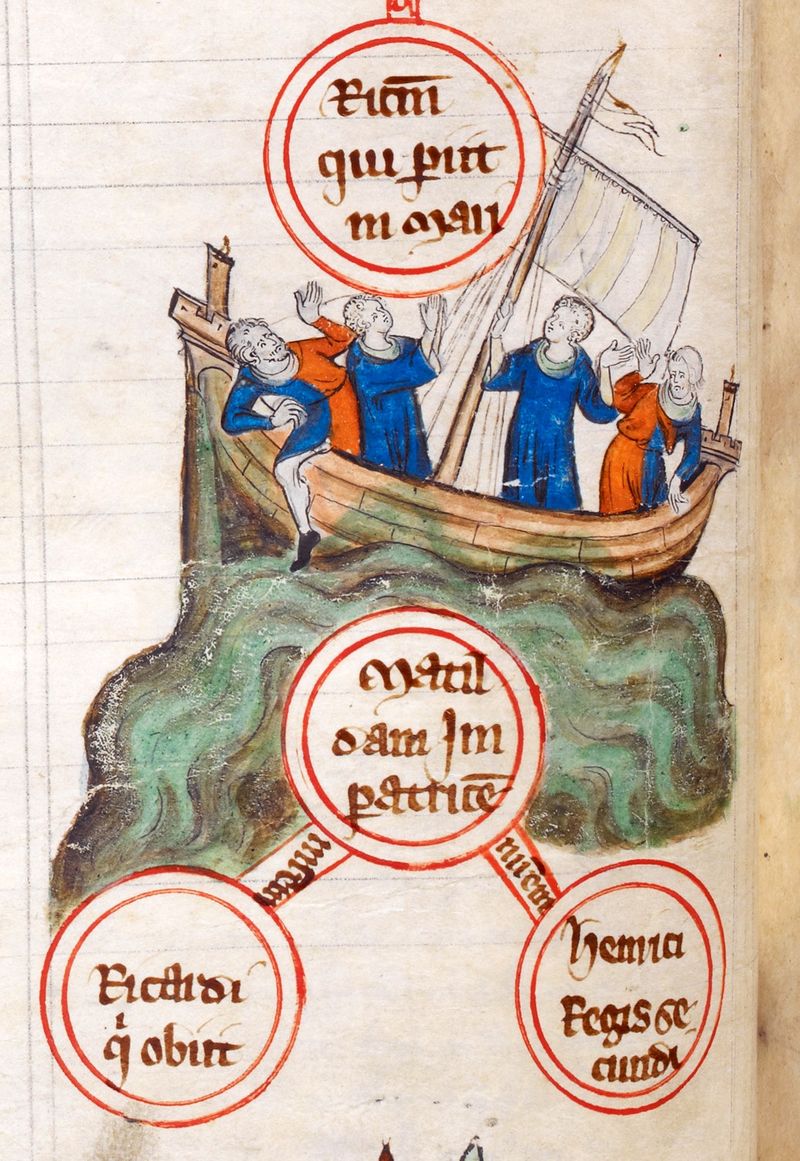
14th-century depiction of the sinking of the White Ship; Credit – Wikipedia
After the death of King Henry I’s only legitimate son William Ætheling in the sinking of the White Ship, King Henry I gathered his nobles at Westminster where they swore to recognize his daughter Empress Matilda and any future legitimate heir she might have as his successors. However, upon hearing of Henry I’s death on December 1, 1135, Stephen of Blois, one of Henry I’s nephews, quickly crossed the English Channel from France, seized power, and was crowned King of England on December 22, 1135. This started the terrible civil war between Stephen and his first cousin Empress Matilda known as The Anarchy.
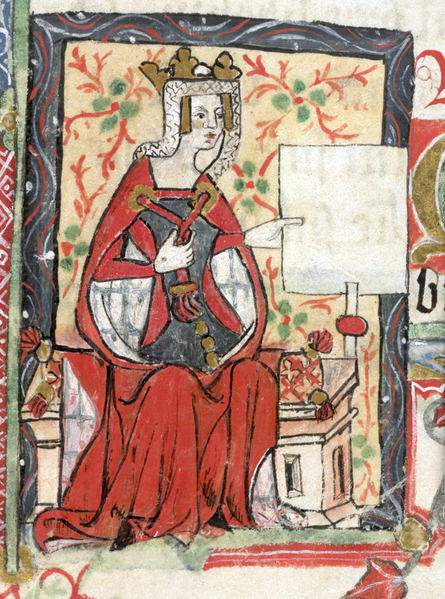
Reginald’s half-sister Empress Matilda, Lady of the English; Credit – Wikipedia
Reginald supported his half-sister Empress Matilda over his cousin King Stephen during the eighteen-year-long civil war. It is most likely that Reginald was created Earl of Cornwall because of his support. Finally, in 1153, Stephen and Matilda’s son Henry FitzEmpress agreed upon a negotiated peace, the Treaty of Winchester, in which Stephen recognized Henry FitzEmpress as his heir. Reginald was present at the side of his nephew Henry FitzEmpress during the negotiations. After Henry FitzEmpress returned to the Duchy of Normandy, Reginald remained in England as his nephew’s official representative.

Reginald’s nephew KIng Henry II of England; Credit – Wikipedia
King Stephen died on October 25, 1154, and Henry FitzEmpress ascended the throne as King Henry II, the first Angevin King of England. During Henry II’s reign, Reginald was one of his closest advisors. Contemporary chroniclers recognized him as one the most powerful nobles in England along with Robert de Beaumont, 2nd Earl of Leicester.
Reginald played an important role in the great crises during the reign of King Henry II. With Robert de Beaumont, 2nd Earl of Leicester, he acted as an intermediary between Henry II and Thomas Becket. During the Revolt of 1173 – 1174, a rebellion against King Henry II by his wife Eleanor of Aquitaine, three of his sons (Henry the Young King, the future King Richard I, and Geoffrey, Duke of Brittany), and their rebel supporters, Reginald led the campaigns in England against the rebels.

Ruins of Reading Abbey; Credit – By Hugh Llewelyn from Keynsham, UK – Reading Abbey, CC BY-SA 2.0, https://commons.wikimedia.org/w/index.php?curid=83341027
Reginald de Dunstanville, Earl of Cornwall died on July 1, 1175, aged about 65, in Chertsey, Surrey, England. He was buried at Reading Abbey in Reading, England, founded by his father King Henry I “for the salvation of my soul, and the souls of King William, my father, and of King William, my brother, and Queen Matilda, my wife, and all my ancestors and successors.” Upon his death in 1135, King Henry I was buried at Reading Abbey. Sadly, Reading Abbey was left in ruins in 1538 during King Henry VIII’s Dissolution of the Monasteries. Hugh Faringdon, the last abbot was tried and convicted of high treason and hanged, drawn, and quartered in front of the Reading Abbey Church.
This article is the intellectual property of Unofficial Royalty and is NOT TO BE COPIED, EDITED, OR POSTED IN ANY FORM ON ANOTHER WEBSITE under any circumstances. It is permissible to use a link that directs to Unofficial Royalty.
Works Cited
- Ashley, Mike. (1998). The Mammoth Book of British Kings and Queens. Carroll & Graf Publishers.
- Flantzer, Susan. (2015). King Henry I of England. Unofficial Royalty. https://www.unofficialroyalty.com/king-henry-i-of-england/
- Réginald de Dunstanville, 1st Earl of Cornwall. geni_family_tree. (2022c, April 26). https://www.geni.com/people/R%C3%A9ginald-de-Dunstanville-1st-Earl-of-Cornwall/6000000002043182579
- Weir, Alison. (2008). Britain’s Royal Families – The Complete Genealogy. Vintage Books.
- Wikimedia Foundation. (2023). Reginald de Dunstanville, 1. Earl of Cornwall. Wikipedia (German). https://de.wikipedia.org/wiki/Reginald_de_Dunstanville,_1._Earl_of_Cornwall
- Wikimedia Foundation. (2022). Reginald de Dunstanville, Earl of Cornwall. Wikipedia. https://en.wikipedia.org/wiki/Reginald_de_Dunstanville,_Earl_of_Cornwall
- Wikimedia Foundation. (2023b, November 10). Réginald de Dunstanville. Wikipedia (French). https://fr.wikipedia.org/wiki/R%C3%A9ginald_de_Dunstanville

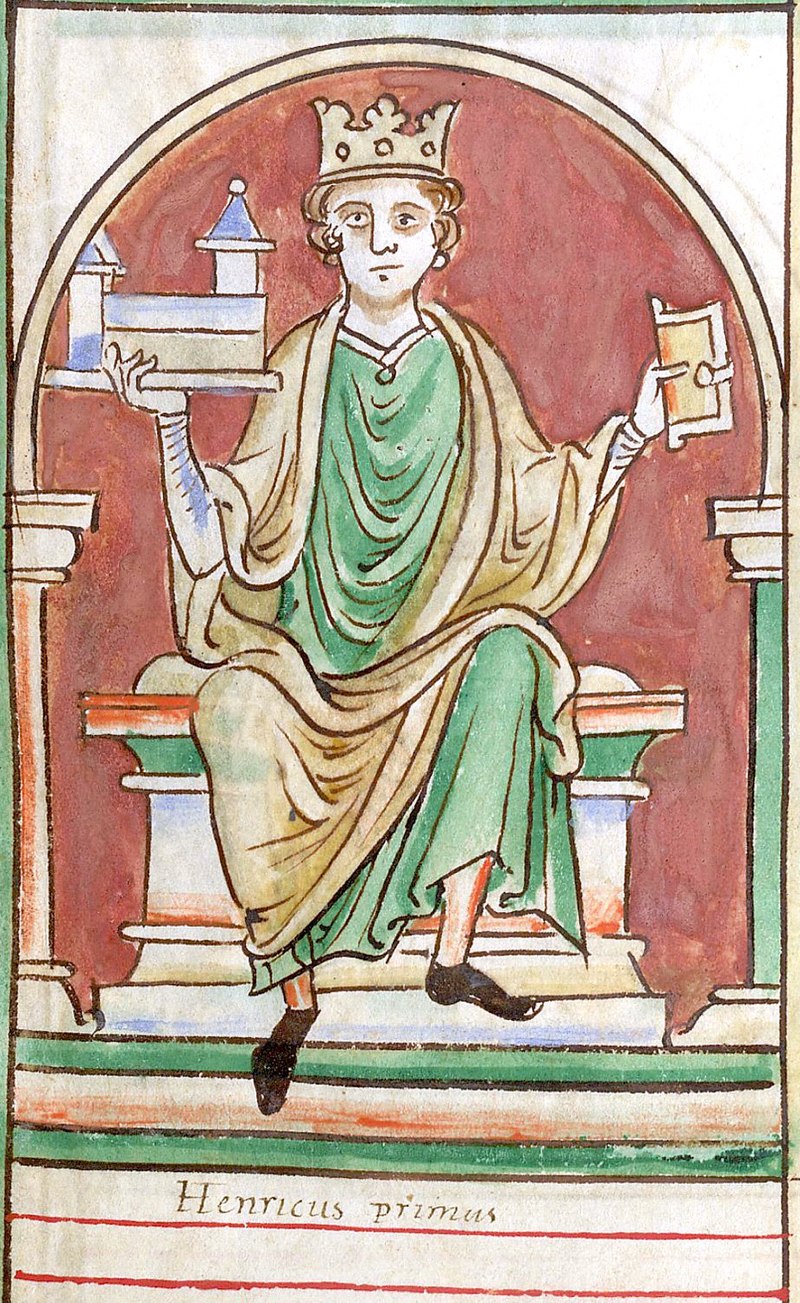











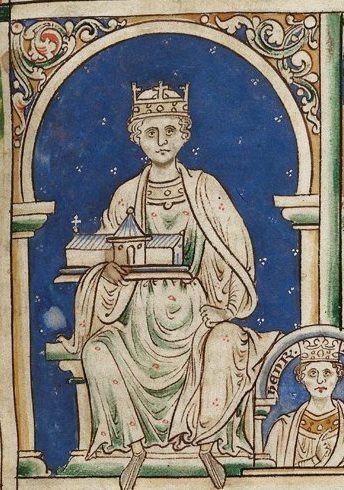



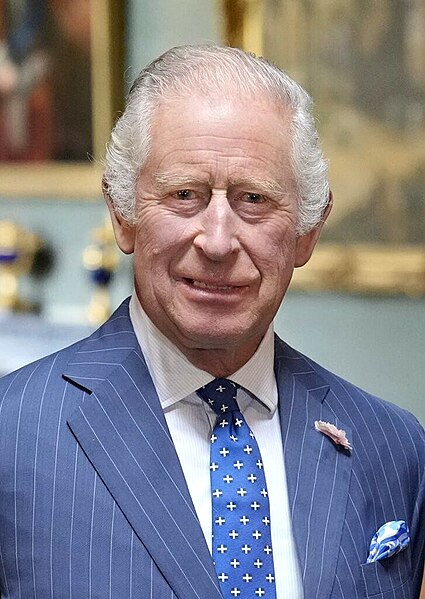 Just hours after it was announced that The Princess of Wales had undergone successful abdominal surgery, Buckingham Palace announced that King Charles III will be treated for a benign prostate condition next week. The statement stresses that it is a benign condition, but the King will undergo a “corrective procedure”. The King’s engagements will be postponed for a brief period of time.
Just hours after it was announced that The Princess of Wales had undergone successful abdominal surgery, Buckingham Palace announced that King Charles III will be treated for a benign prostate condition next week. The statement stresses that it is a benign condition, but the King will undergo a “corrective procedure”. The King’s engagements will be postponed for a brief period of time.